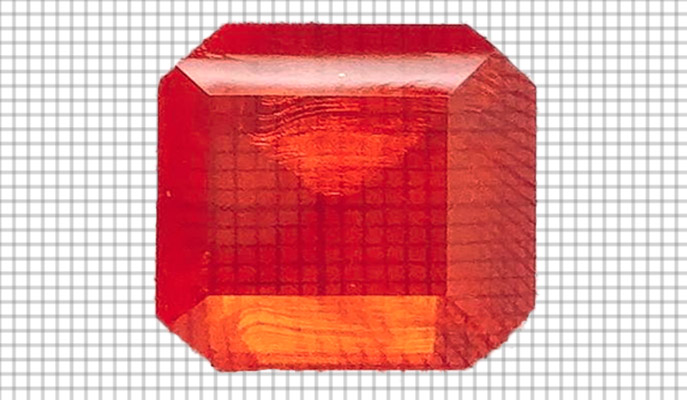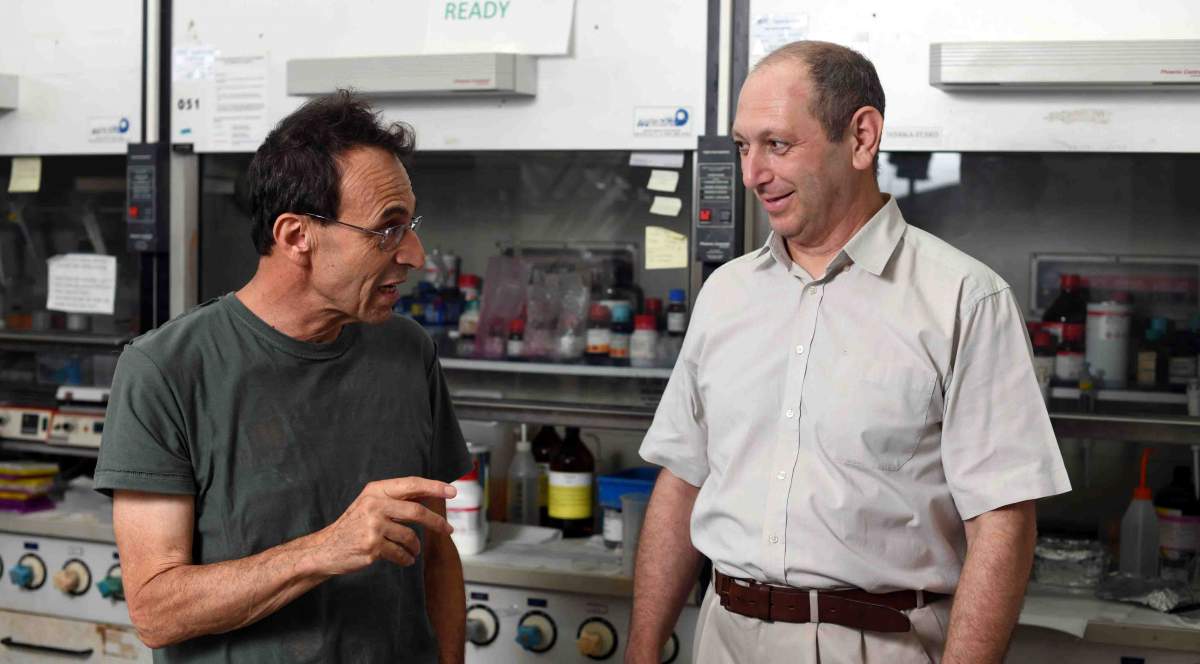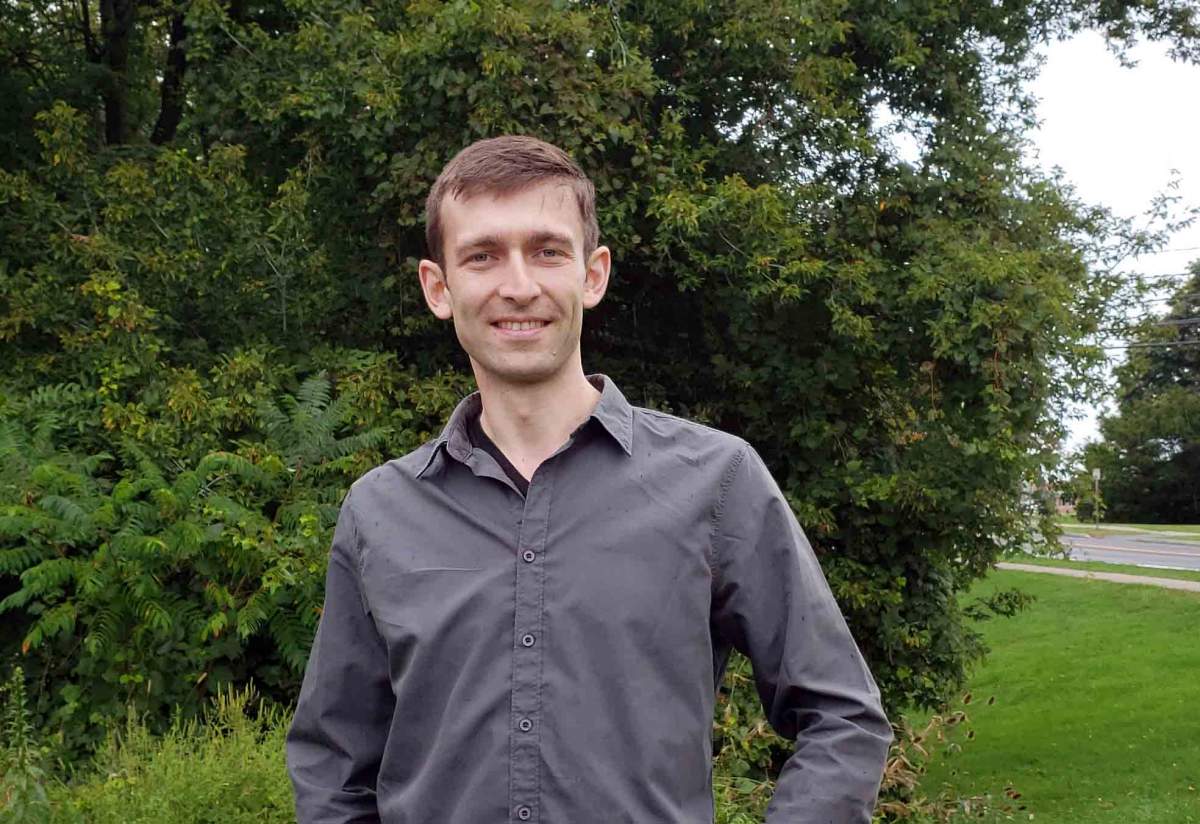Are you a journalist? Please sign up here for our press releases
Subscribe to our monthly newsletter:

Making a mess is usually easier than cleaning it up, but, as it turns out, there are exceptions to this rule. In a study published in Materials Horizons, researchers at the Weizmann Institute of Science showed that in promising solar materials called halide perovskites, creating defects takes more effort than restoring order. This finding may explain the remarkable properties of halide perovskites and help develop a new approach to controlling the properties of these and other materials.
Halide perovskites, materials that can combine organic and inorganic components, have been a hot item in solar energy research ever since Japanese scientists discovered, about a decade ago, that these materials can be unusually efficient at converting solar to electrical energy. Yet much about these semiconductors still puzzles researchers; in particular, it has been unclear why they can contain relatively few defects, on the order of 1010 per cubic centimeter (that is, one defect for every trillion atoms, instead of the one to a hundred for every million, as in regular semiconductors). This concentration of defects rivals that of germanium crystals, among the cleanest solid-state man-made materials. Getting close to such a low defect concentration in the semiconductors used in today’s electronic devices requires enormous effort and ingenuity. In contrast, halide perovskites can be produced within a fraction of a second by mixing simple chemical salt solutions at near room temperature.

“I thought it strange that such clean materials can form in such mild conditions,” says Prof. David Cahen of Materials and Interfaces Department, who conducted the study with former graduate student Dr. Yevgeny Rakita and departmental colleague Prof. Igor Lubomirsky. “It seemed that this material actually forms free of defects, or that it expels defects while forming.”
To understand what was going on, the researchers examined their own and other scientists’ experimental data on the formation of halide perovskites, the emergence of defects in these materials, and the interaction between such defects and the flow of electrons. The defects in question include both the presence of foreign materials and a scrambling of the material’s own atomic structure. The researchers then used fundamental principles of thermodynamics, taught to undergraduate science and engineering students, to analyze the information.
The analysis led to a surprising conclusion. Whereas in most materials, defects are created easily and removing them requires a great deal of work, just the opposite happens in halide perovskites. Containing the defects within the material – which would require deforming the bonds between atoms that hold the material together – would take more energy than getting rid of them. “This may seem counterintuitive, but precisely because these materials are minimally stable, it costs more energy to form them in a messy than in a clean version,” Cahen says.

As a result of this energetic discrepancy, defects created during the formation of halide perovskites disappear, allowing a crystalline material to form. That is, the formation process of this material is accompanied by continuous self-healing. “The defects disappear almost instantly, certainly too fast for us to detect them in a working device – so the material looks to us to be nearly perfectly ordered,” Lubomirsky says.
This insight opens up an unconventional direction in the search for materials that have such desired properties as a low concentration of defects and the ability to repair themselves – a property that makes them exceptionally suitable for optoelectronics, extending the lifespan of the materials and their devices, making them more economic and helping achieve sustainable development.
One defect for every trillion atoms, instead of the one to a hundred for every million, as in regular semiconductors
Armed with this new insight, scientists can start to identify other materials that require as little energy for their formation as halide perovskites. The new understanding of conditions that determine the low concentration of defects in halide perovskites may lead to ways of achieving optimal defect concentrations in other materials. For example, having very few defects may facilitate the flow of electrons in semiconductors, but more defects, on the other hand, might be good for other functions, such as increasing the strength of metals or securing the current-carrying capacity of superconductors.
Prof. David Cahen's research is supporte by the Leona M. and Harry B. Helmsley Charitable Trust; Dana and Yossie Hollander; the Wolfson Family Charitable Trust; and the Ullmann Family Foundation. Prof. Cahen is the long term incumbent of the Rowland and Sylvia Schaefer Chair in Energy Research.
Prof. Igor Lubomirsky's research is supported by the Angel Faivovich Foundation for Ecological Research; the Ullmann Family Foundation; the Jacob and Charlotte Lehrman Foundation; and the estate of Olga Klein – Astrachan. Prof. Lubomirsky is the incumbent of the Rowland and Sylvia Schaefer Professorial Chair in Energy Research.